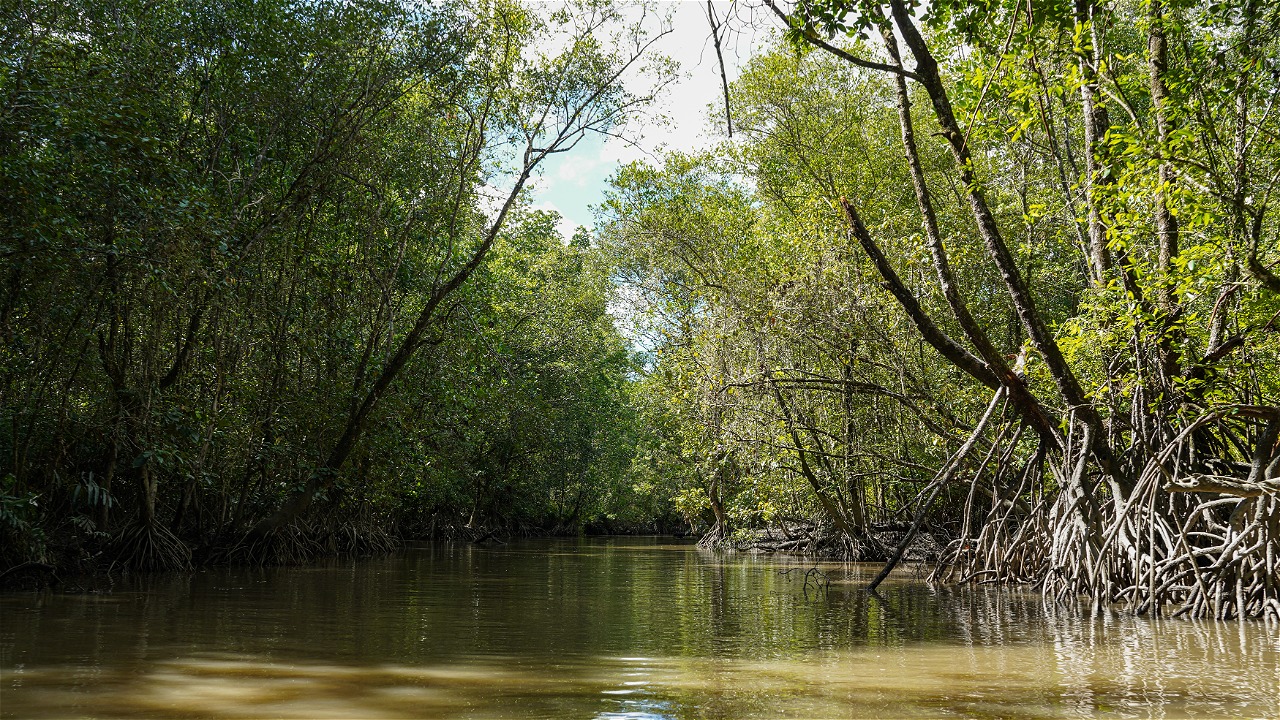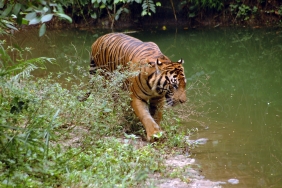WORLD WETLANDS DAY: MAINTAINING WETLAND HEALTH FOR SHARED PROSPERITY
By: Natalia Trita Agnika
Today, February 2, is celebrated as World Wetlands Day. Wetlands are lands where water meets soil. Examples of wetlands include mangroves, peatlands, swamps, rivers, lakes, deltas, floodplains, rice fields, and coral reefs. Wetlands exist in every country and in every climate zone, from the polar regions to the tropics. Even in urban areas there are wetlands.
Wetlands are like a system of blood vessels that connects the entire landscape. Their existence is very important. Without wetlands, the world would be desperately short of water. Wetlands fulfill the need for clean water. As the population soars, the need for water doubles.
Wetlands can also be likened to a giant sponge that can absorb and store water from very heavy rains, then release it slowly into the surrounding environment. That's why the presence of wetlands can reduce the risk of flooding.
One example of a wetland in Indonesia is the peat swamp forest in Sebangau National Park. With a total land area of 568,700 hectares, the peat swamp forest area in this national park is the largest in the world. This area has an important function as a water catchment area and is able to supply clean water needs for the surrounding population. The area is also home to the Bornean orangutan. When water management in these wetlands is damaged, various problems arise. Forest fires are easily ignited in this area and contribute to haze pollution. In order to save the peat ecosystem in Indonesia, the Peatland Restoration Agency (BRG) and WWF-Indonesia have worked together to strengthen the implementation of peat restoration programs in five KHGs (Peat Hydrological Units) in four provinces, namely KHG Sungai (S). Mendahara-S. Batanghari in Jambi; KHG S.Siak Kecil-S.Rokan in Riau; KHG S Kahayan-S. Sebangau and KHG S. Katingan-S. Sebangau in Central Kalimantan; and KHG S.Ambawang-S. Kubu in West Kalimantan.
Another example of a type of wetland that is also the focus of WWF-Indonesia's conservation efforts is the Watershed (DAS). Tree planting programs are intensively carried out in upstream areas. By making restoration efforts in the watershed, conservation for biodiversity, forests, and umbrella animals can also be carried out because they are interrelated. In addition, regular water quality monitoring efforts have also been and continue to be carried out by WWF-Indonesia in the Subayang River, which is the lifeline for the community around the Bukit Rimbang Bukit Baling Wildlife Sanctuary area in Riau Province.
So far, watersheds are often seen only as a place where water flows from upstream to downstream, until it empties into the coast. In fact, the watershed is a very complex ecological and hydrological system in which there are various natural resources in it. The Kampar watershed (Kampar Kanan Sub-watershed), especially the water flow originating from the Kampar Kanan River and Batang Mahat River which is the source of driving force for the Koto Panjang Hydroelectric Power Plant turbines, for example.
At that time, the Kampar watershed was dammed with the aim of becoming a water source for the Koto Panjang Hydroelectric Power Plant (PLTA). The process of construction and operation has disrupted the terrestrial ecosystem and river ecosystem. In order to restore the balance of the ecosystem in this wetland, WWF-Indonesia will conduct a forest restoration program around the dam to restore the damaged water catchment area. In addition to forest restoration efforts, WWF also encourages an integrated and sustainable watershed management approach (Integrated and Sustainable Watershed Resources Management) in the implementation of the revitalization. WWF encourages hydropower managers to follow best practices in their operations by applying the Hydropower Sustainability Assessment Protocol.
The problems presented by damming rivers do not only arise during the dam construction process, but also during the hydropower's existence. Efforts to promote sustainable hydropower management are necessary for the health of wetlands in the Koto Panjang dam area. In sustainable hydropower development, consideration of environmental flows (variable river water flow patterns designed to achieve desired ecological conditions and river ecosystem services) is an integral part of water resources and watershed management. The application of such environmental flows is beneficial to ensure the availability of water for human life and the preservation of ecosystems in the present and future.
This World Wetlands Day moment reminds us again of the importance of wetlands that are often forgotten. Wherever wetlands are located, whether in the middle of the forest, upstream, or in the middle of urban hustle and bustle, they all need to be cared for, maintained, and managed properly in an integrated manner so that we avoid the problem of water crisis (in various forms). Wetlands are precious and not something without meaning.





